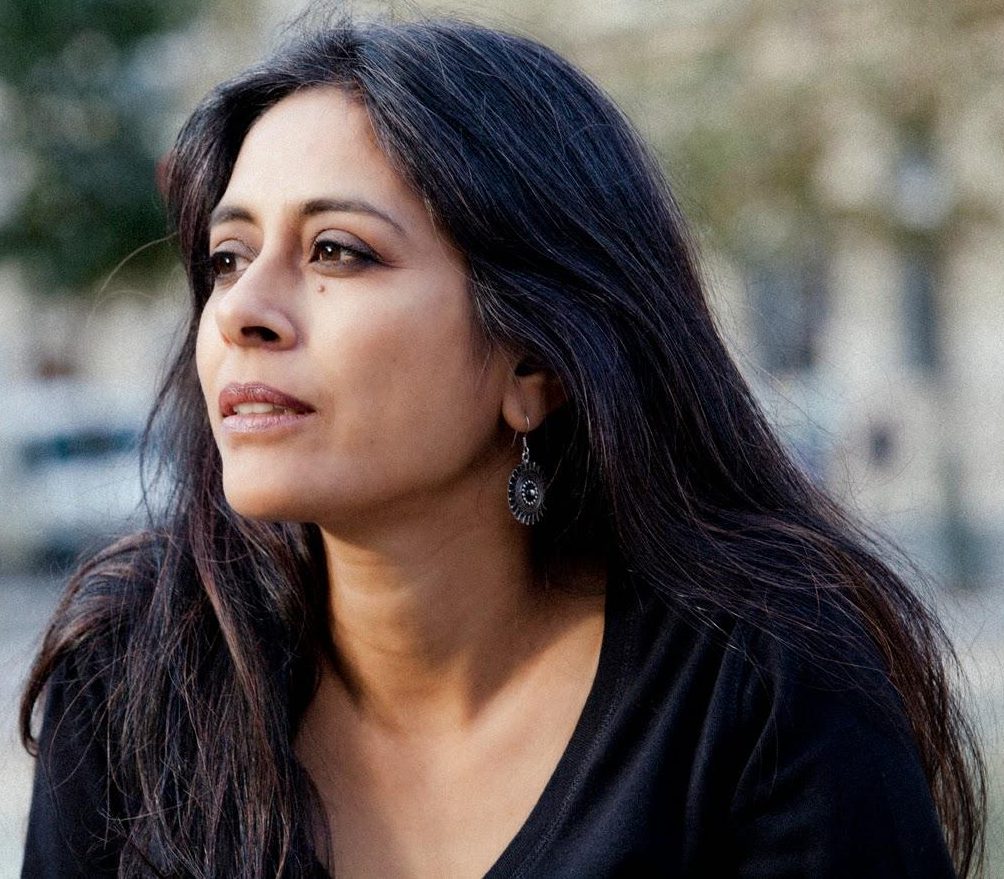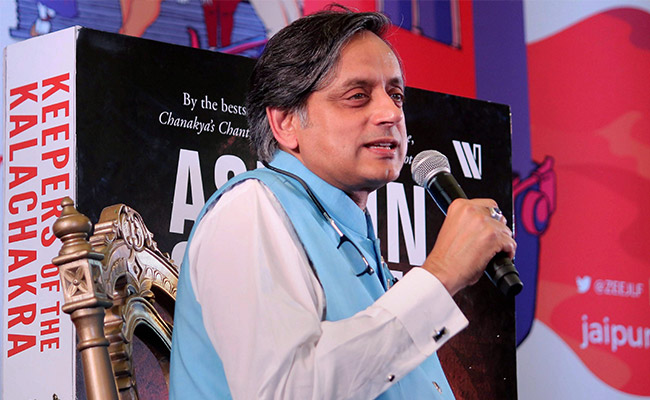
By Vikas Datta
JAIPUR–Less than half a dozen cities, almost all ports, of the British Empire are enough to give a vivid idea of character, rise and fall over two centuries, says British politician, historian and writer Tristram Hunt.
It was the handover of Hong Kong back to Chinese rule in 1997 that finally brought down the curtains on the empire on which the “sun never set” but even with the last vestiges of the imperial project having dissipated, its legacy continues and can be seen in these 10 cities, he said at a session titled “Cities of the Empire” at the Jaipur Literature Festival on Saturday.

These cities, in six countries on four continents, tell the imperial story and its changing character through the urban form as brought out in styles of architecture, street names and fortifications and so, says Hunt, who in “Ten Cities That Made an Empire”, has chronicled its changing, and sometimes conflicting ideologies – mercantilism/free trade and righteous exploitation/(and after slavery’s abolition) selfless crusade for liberty.
“And it is the very complexity of this urban past which allows us to go beyond the ‘good’ and ‘bad’ cul-de-sac of so much imperial debate,” he maintains.
Hunt starts from Boston, which till the late 18th century, was a quintessential British city until a string of repressive taxes culminated in the celebrated “Tea Party” transformed it from a royal, loyal city to the hotbed of revolt that saw a key part of Britain’s first empire go its own way.
Quipping tea needs sugar, he then moves to Bridgetown in Barbados, the centre of sugar cane industry that came up a huge cost of African slave labour but furnished the funds needed for the rise of the British empire. The next is Dublin, which was among Britain’s first colonies but wasn’t thought of a colonial city, as it displayed a curious dichotomy of being colonised while benefiting from colonialism elsewhere.
Hunt notes this was also one of the colonial cities that sought to repudiate its past with a considerable part of the colonial-era buildings demolished in the 1950s.
The three cities of the Atlantic are followed by Cape Town, known as the “Brothel and Tavern of the Two Oceans”, needed for expansion into the east, but which the British were content to leave in the hands of the Dutch until the country was invaded and conquered by Napoleonic France, when they made haste to occupy it.
Then comes (the then) Calcutta, which signified Britain’s evolution from a naval empire to a land empire and the city’s construction reflected it, he says. Opium from Bengal was shipped further eastwards to China, but British merchants needed a place to land and hence Hong Kong came in to the imperial orbit, and became the “Scotland of the East”, thanks to the Scottish merchants who flourished there.
Mumbai was next, and rose to become the first industrial city of the empire and its municipal architecture displayed the power of the industrialised, urban civilisation., said Hunt, adding on the other hand, Melbourne was a typical suburban city, mirroring the trend back home in Britain, But it was not only a celebration of the suburban aesthetic but also exemplified the racist idea of the “White Empire”, comprising Australia, Canada, New Zealand and South Africa.
The penultimate was New Delhi, the only non-port city and which is difficult to comprehend what it meant to the British, coming up as the empire was in decline but displaying imperial hubris to the full in its design which was imperial architecture, neither indigenous or British (and had stone bells in its main buildings so that the knell for the empire could not be tolled), he said.
Finally, it was Liverpool, which was made and unmade by imperialism and collapsed when the empire ended virtually in the 1960s.
Hunt said the colonial legacy differs – somewhere the contemporary municipal leaders like it and elsewhere it evokes anger and fury but the advanced way is to treat British rule in the cities which had prior existence as a small part of a long and vibrant history.
“I believe in adding to history, not taking away,” he said.












